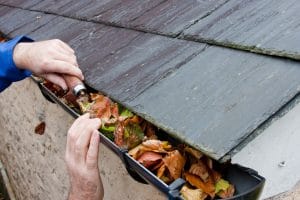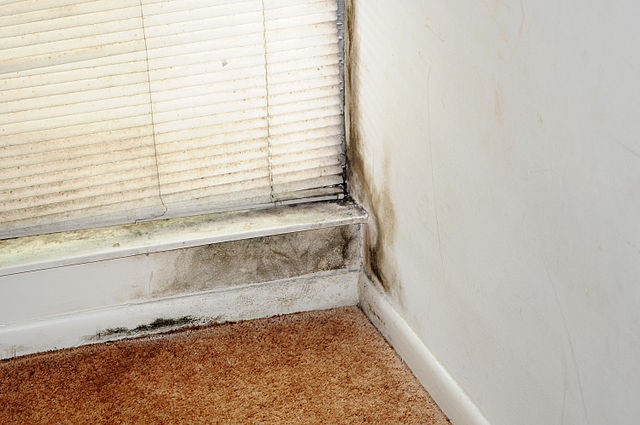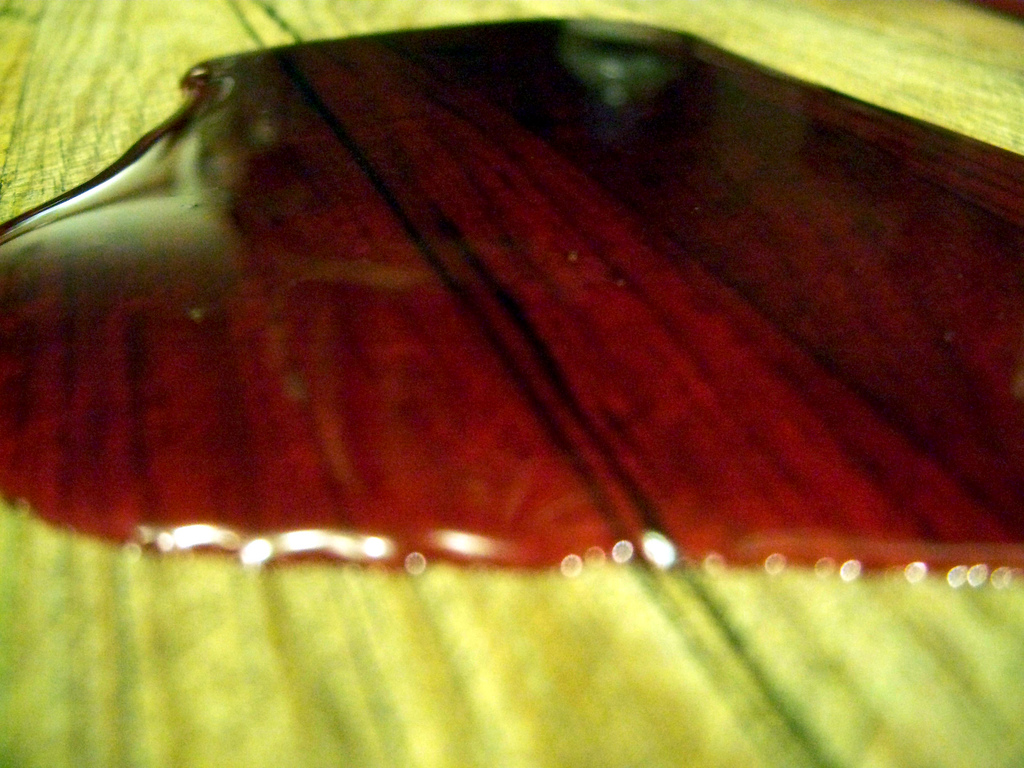Ways to Reduce Waste While You Begin Spring Cleaning
As the temperatures start to warm up and the ice begins to melt, we get the itch to move. We start getting more sunlight and spirits are lifted. There is more time in our day, or at least it feels that way.
For many of us, we look around our homes where we’ve been hunkering down for the winter months and realize it could use a little TLC. You might also be particularly concerned with wanting to deep clean and keep your family healthy during this time. Once you start cleaning, oftentimes you make a bigger mess before you can get the desired neat and fresh aesthetic you were setting out for. If you’re not careful, this method of cleaning can leadLead is a heavy metal that can be toxic to humans, especiall... More to the production of a lot of waste. Read on for tips on ways you can reduce the amount of waste you make while you’re getting your spring cleaning on!
Thinning Out
Much of the messy appearance in our homes comes from the sheer amount of stuff we’ve collected over the years. These things don’t necessarily have a designated spot to be kept while they’re not in use or it wasn’t a part of your original setup, so its inclusion wasn’t accounted for in the layout of your home. Before you even get to the cleaning part, it makes sense to go through your home and take things out. Doing so gives you a chance to clean all the nooks and crannies. It also gives you a chance to question if items are wasting storage space or if they need to stay.
Drawers and Cupboards
 It would be easy to go through your drawers and cupboards and just toss all the stuff you haven’t used in months, or maybe even years. This could mean the disposal of papers, sheets, towels, and countless other things. Rather than grabbing a garbage bag and taking care of the extraneous things in one fell swoop, consider other options for disposal when possible: recycling, upcycling, reusing, and donating.
It would be easy to go through your drawers and cupboards and just toss all the stuff you haven’t used in months, or maybe even years. This could mean the disposal of papers, sheets, towels, and countless other things. Rather than grabbing a garbage bag and taking care of the extraneous things in one fell swoop, consider other options for disposal when possible: recycling, upcycling, reusing, and donating.
Closets
Whether you’re taking on the linen closet or the bedroom closets, you likely have quite a bit of excess that you can remove to improve functionality and allow for better organization to be put in place. If you think some of the towels or sheets are in too poor a condition for donating, consider repurposing them. Set aside the things that are in rough shape in one pile and make another stack of things that are perfectly good still, but that you just don’t use enough to keep. One big mistake we make is letting these discards sit around for a while before ever doing anything with them. Consider selling your lightly worn clothes and rid yourself of the closet clutter once and for all. As for the pile of things you think are in poorer condition, we’ll come back to those later in this piece.
Dusting
Frequent dusting is important to keep in your normal cleaning routine. It’s especially important while you’re doing your deep clean that you’re getting the spots that are harder to get to. Many of the tools available to us to get this kind of job done involve disposable pieces that get replaced once they have reached their capacity. Whether you’re using disposable wipes, or a duster, some of which require fluffy dust-trapping replacements, you could be making quite a lot of waste as you tackle your whole house. Rather than buying either of these options, consider opting for a dusting mechanism that can be washed and reused.
Remember that stack of linens you didn’t think you should donate? You could re-purpose them into dust rags. This way, as they get dirty, you can reach for your scissors and make as many as you need. The upside of these rags is that you can wash and use them over again. Having so many handy while you’re spring cleaning also ensures that you’re not just wiping dirty rags all over and getting the deepest clean possible.
Mopping
Over time, people started opting for some of the lighter weight options for mopping. The old mops were a bit bulky and arguments could be made over how cleanly they were as dirt got trapped in its strings. Although, you could make the same argument for the lighter mops with the spongeA sponge is a porous material used to absorb liquids or clea... More bottoms. Over time, either option starts to break down or have quite a bit of dirt build-up. Some studies have even shown that dirt and soil are left behind with traditional mops and buckets.
Alternatively, lightweight mops with replaceable pads might be one solutionA solution is a homogeneous mixture of two or more substance... More to maintaining a clean floor. However, if you’re looking to reduce the amount of waste your household produces, you can think about investing in a steam mop. Doing so can give you peace of mind that when you’re cleaning, your floors will have grime removed from them. It also means that you can keep your waste down by not having to replace and throw away the pads, which is something you can feel good about all year long.
Yard Work
It’s likely you’ll take advantage of the warming temperatures to get a jump start on your yard work, after all, spring cleaning isn’t limited to inside your home. As the snow melts, it might reveal litter in your lawn and all the leaves that have been hiding since the fall. It might be tempting to just grab a trash bag and throw all of the litter away together, but this is yet another opportunity to see what can be recycled. Often, the litter that people throw out of car windows are empty bottles and cans. In this case, you can recycle or return these items, minimizing waste!

Remove leaves and debris from your gutters will clear them up for spring showers when doing spring cleaning.
Before grabbing your rake and bagging up the leaves, there are a few things to consider. Leaves can be a protective layer for our gardens and plants that are still trying to survive the lower temperatures. Just because we see the grass for the first time in months, doesn’t mean we won’t get more freezing temperatures, so it could be premature to rake just yet. However, if the time has come and it’s to the point where it’s safe to deal with the leaves, there are a few alternatives to using plastic bags to put your leaves out to the curb.
Compost
Rather than getting rid of your leaves, you can use them to start your compost. A compost needs a good amount of both green and brown matter, and your leafy yard is a great source of brown matter. Creating a compost isn’t exactly a matter of setting it up and letting it sit there. If you’re a beginner, it might be worth getting a barrel that can be easily spun and comes with a starter kit (as well as directions and tips).
No matter which route you decide to take, utilizing a compost is a great alternative to set up for your leaves this spring. You will save on big plastic bags, and there are also many food scraps from your kitchen that can also be utilized in your compost.
Mulching
If you’re not looking to undertake any new projects like composting, but still would rather not bag up all your leaves, there is another solutionA solution is a homogeneous mixture of two or more substance... More. If the leaves are a bit wet, as they can be at this time of year, take some time to go around and loosen them from the grass. This helps to unpack them and helps with allowing them to dry out a bit. Ideally, you can give them some time to really dry before the next step. Mulching your leaves with your lawn mower is a very effective way to take care of them. Doing so will not only cut back on the work you’d have to do, the bags you’d use, and the space they’d take up in a landfill, but it will also help with the creation of organic matter which is good for your lawn.
Taking the time to care for your home is very important, both in the longevity of your house and your belongings and to its daily functionality. The same can be said for taking care of the Earth. Hopefully, these tips can help guide you to deeper spring cleaning on a level that’s best for you and the environment.













